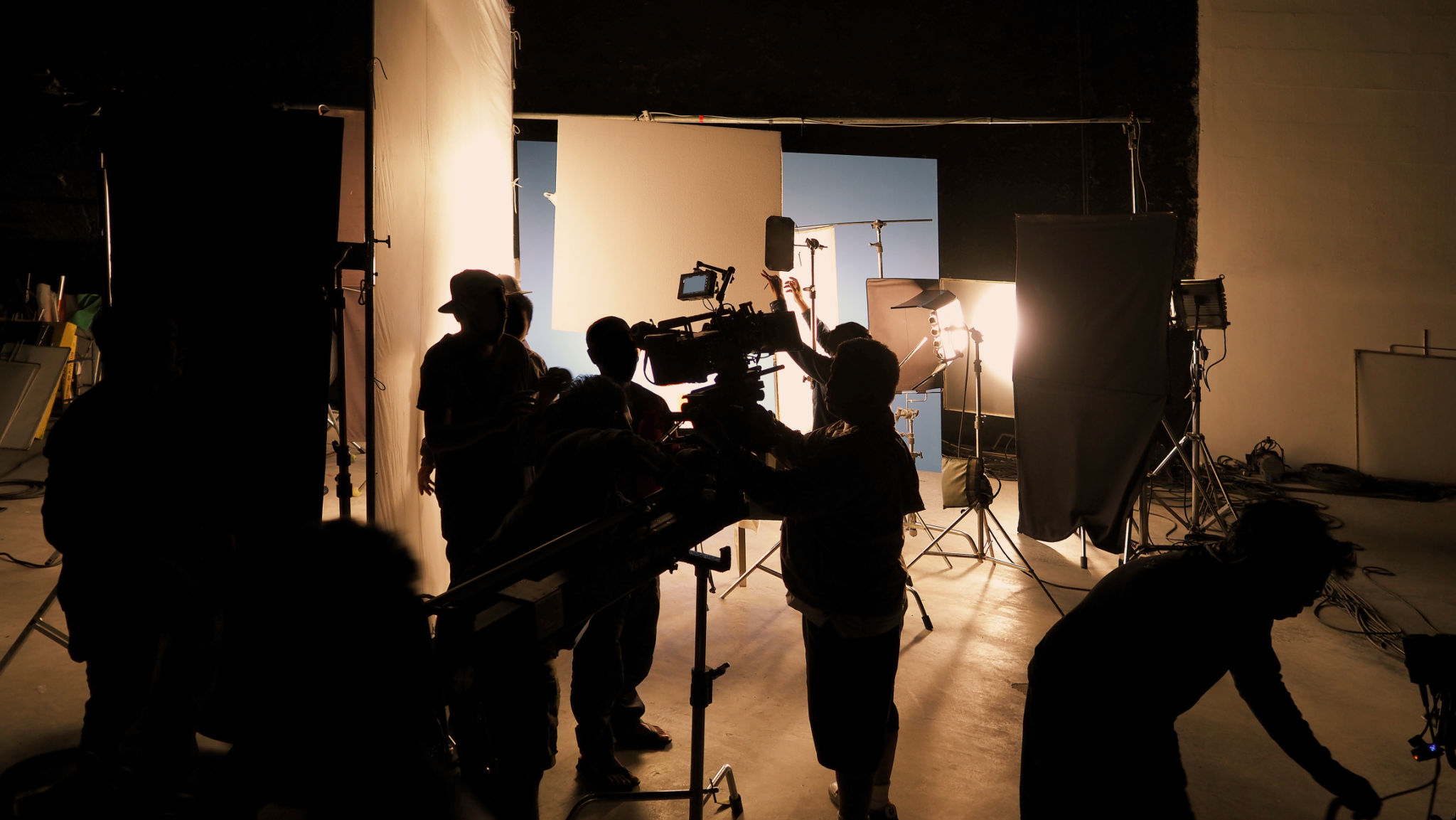Mastering the Art of Storytelling in Film Production
Understanding the Core of Storytelling in Film
Storytelling is the backbone of film production, serving as the vehicle through which filmmakers convey emotions, ideas, and narratives. At its essence, storytelling is about creating a connection with the audience, allowing them to experience a range of emotions and thoughts through a visual and auditory journey. Whether it’s a blockbuster or an indie film, the power of storytelling lies in its ability to resonate with viewers on a personal level.
The key to mastering storytelling in film is understanding the elements that make a story compelling. These include strong characters, a clear plot, and an engaging setting. Each element must work in harmony to create a narrative that captivates audiences and keeps them invested from beginning to end.

The Importance of Character Development
Characters are the heart of any story. They drive the narrative forward and provide the audience with someone to root for or against. Developing well-rounded characters involves crafting detailed backstories, motivations, and arcs that reflect realistic human experiences. This depth makes characters relatable and memorable, leaving a lasting impression on viewers.
In addition to individual character development, filmmakers must also focus on character relationships. These dynamics can add layers to the story, introducing conflict and resolution that enriches the plot. By paying attention to how characters interact with one another, filmmakers can enhance the emotional impact of their stories.

The Role of Plot Structure
A well-structured plot is essential for maintaining the audience's interest. Most successful films follow a traditional three-act structure: setup, confrontation, and resolution. This framework provides a clear path for the narrative while allowing for creativity and innovation within each act.
The setup introduces the characters and the world they inhabit, establishing the stakes and setting the stage for the conflict. The confrontation involves escalating tension and challenges, pushing characters to their limits. Finally, the resolution ties up loose ends, providing closure to the story. This structure not only helps organize the narrative but also ensures a satisfying payoff for the audience.

Creating an Engaging Setting
The setting of a film is more than just a backdrop; it’s a vital component that enhances the storytelling experience. A well-crafted setting can evoke emotions, establish tone, and immerse viewers in the story's world. Filmmakers should consider how location, time period, and visual style contribute to the overall narrative.
Through careful attention to detail, filmmakers can create settings that serve as extensions of their characters and plot. This immersion helps audiences suspend disbelief and fully engage with the story being told. Whether it’s a bustling cityscape or a desolate wasteland, an effective setting enhances the film's storytelling potential.
The Power of Visual Storytelling
Film is a visual medium, and as such, visual storytelling is paramount. Directors use cinematography, lighting, color, and composition to convey emotions and themes without relying solely on dialogue. These visual elements can subtly influence how audiences perceive characters and plot developments.
By mastering visual storytelling techniques, filmmakers can create powerful imagery that resonates with viewers long after they leave the theater. This non-verbal communication can elevate a film's narrative, making it more impactful and memorable.

Conclusion: The Art of Emotional Resonance
Ultimately, the goal of storytelling in film production is to evoke an emotional response from the audience. Whether it's laughter, tears, or suspense, these emotions create a connection between the viewer and the story. By focusing on character development, plot structure, setting, and visual storytelling, filmmakers can craft narratives that leave a lasting impact.
Mastering the art of storytelling in film requires dedication and creativity. Filmmakers who hone these skills will be able to produce films that not only entertain but also inspire and provoke thought. As audiences continue to seek compelling stories, the importance of mastering storytelling in film production remains ever relevant.
